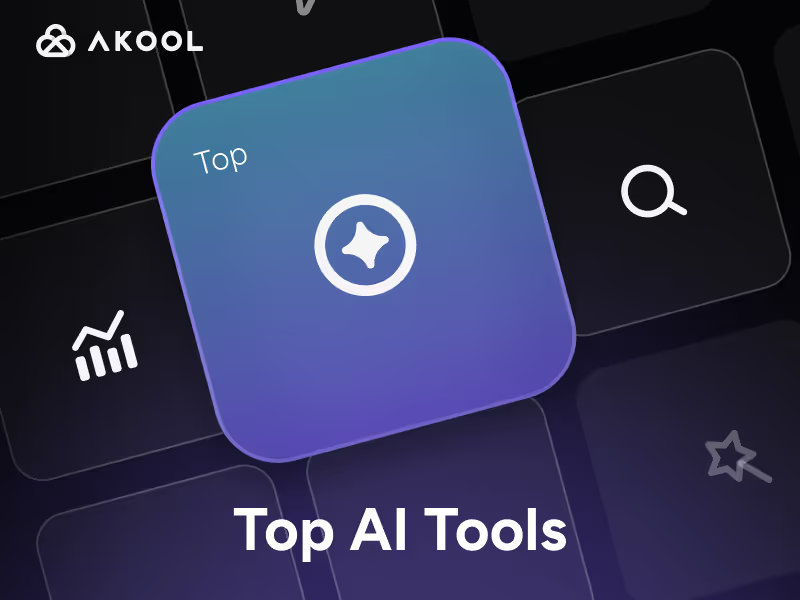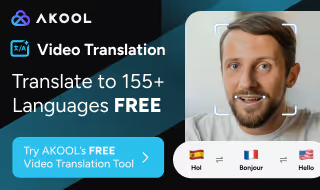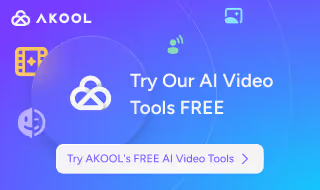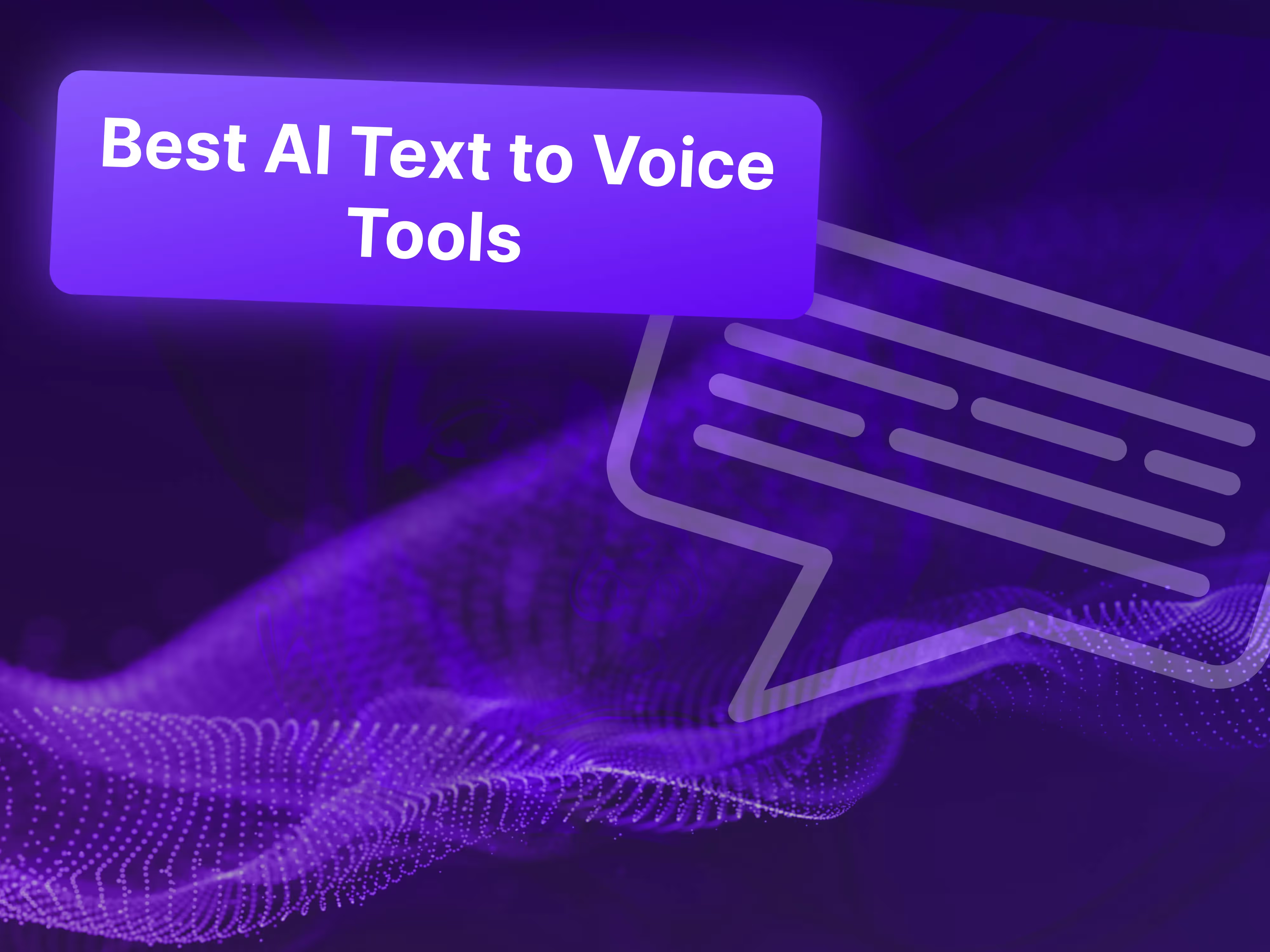AI text-to-animation tools are rapidly transforming how businesses, marketers, and creators produce animated video content. By leveraging advanced AI, these platforms turn written prompts into engaging animated videos in minutes—no animation expertise required. Whether you’re looking to streamline internal communications, create marketing explainers, or produce educational content, the latest generation of AI video makers offers a compelling mix of speed, quality, and accessibility. As seen in our roundup of top five AI text-to-video platforms for fast content creation, these tools deliver polished results without the steep learning curve. Below, we compare the top five AI text-to-animation tools, examining their features, pricing, strengths, and unique differentiators to help you select the right solution for your needs.
Akool: Best for Realistic, Multilingual AI Avatars
Akool stands out as a next-generation AI video creation platform, specializing in lifelike character animation and multilingual voice synthesis. Its customizable avatars, highlighted in our top 5 AI tools for building interactive avatars guide, let you generate polished spokesperson videos directly from text prompts. Designed for both business and creative users, Akool’s intuitive in-browser editor supports real-time collaboration, allowing teams to refine scripts, scenes, and audio together—ideal for marketing departments, educators, and enterprise communicators.
What sets Akool apart in the crowded AI animation space is its focus on realism and workflow speed. The platform’s avatars exhibit nuanced facial expressions and gestures, resulting in highly engaging videos that resonate with audiences. Akool’s robust language and voice support (over 50 languages) makes it a strong choice for global organizations and brands seeking to localize content efficiently.
Key Features:
- Text-to-animation with customizable avatars: Input text prompts to generate animated scenes, choosing from a variety of avatars and animation styles for tailored results. This feature is especially valuable for businesses needing branded spokesperson videos or diverse character representation.
- AI voiceover and lip-sync: Akool offers natural-sounding AI voiceovers in multiple languages, automatically syncing mouth movements for realistic dialogue. This ensures your videos are both accessible and professional, rivaling the output of more complex tools like Runway and Animaker AI.
- In-browser editing and collaboration: The user-friendly editor allows for real-time team collaboration, streamlining the review and approval process—an advantage over tools like Neural Frames and Gooey.ai, which lack robust collaboration features.
Pricing:
- Free plan with limited exports and watermarked videos
- Paid plans start at $19/month for higher resolution, more exports, and premium features
Pros:
- Highly realistic avatar animation for professional-grade video engagement
- Fast, intuitive workflow—go from script to finished animation in minutes
- Extensive language and voice support for global reach
Cons:
- Free plan has export restrictions and watermarks, limiting professional use
- Fewer advanced animation controls compared to tools like Gooey.ai (which offers keyframe editing)
- No mobile app; web browser access only
Use Cases:
- Marketing and explainer videos: Quickly produce animated explainers or promotional content for products and services, leveraging realistic avatars to build trust and engagement.
- Educational content: Teachers and trainers can create engaging lessons or tutorials using animated characters, making complex topics more accessible.
- Internal communications: Generate spokesperson or announcement videos for teams and stakeholders, streamlining company-wide messaging.
Product Updates in 2025:
Akool has recently launched new avatar styles and expanded language support, alongside a streamlined workflow for faster video generation. These updates further cement its position as a leader in rapid, high-quality AI animation.
Limitations:
- Customization depth: Advanced users may find the animation controls less detailed than tools with keyframe editing, such as Gooey.ai.
- Asset library size: While growing, Akool’s media asset library is smaller than some established competitors like Animaker AI.
- Export formats: Lower-tier plans offer limited export options, which may restrict use for some professional workflows.
Unique Selling Point:
Akool combines rapid text-to-animation with highly realistic avatars and multilingual voice support, offering a seamless workflow for both beginners and professionals—making it a top choice for businesses seeking quality and speed.
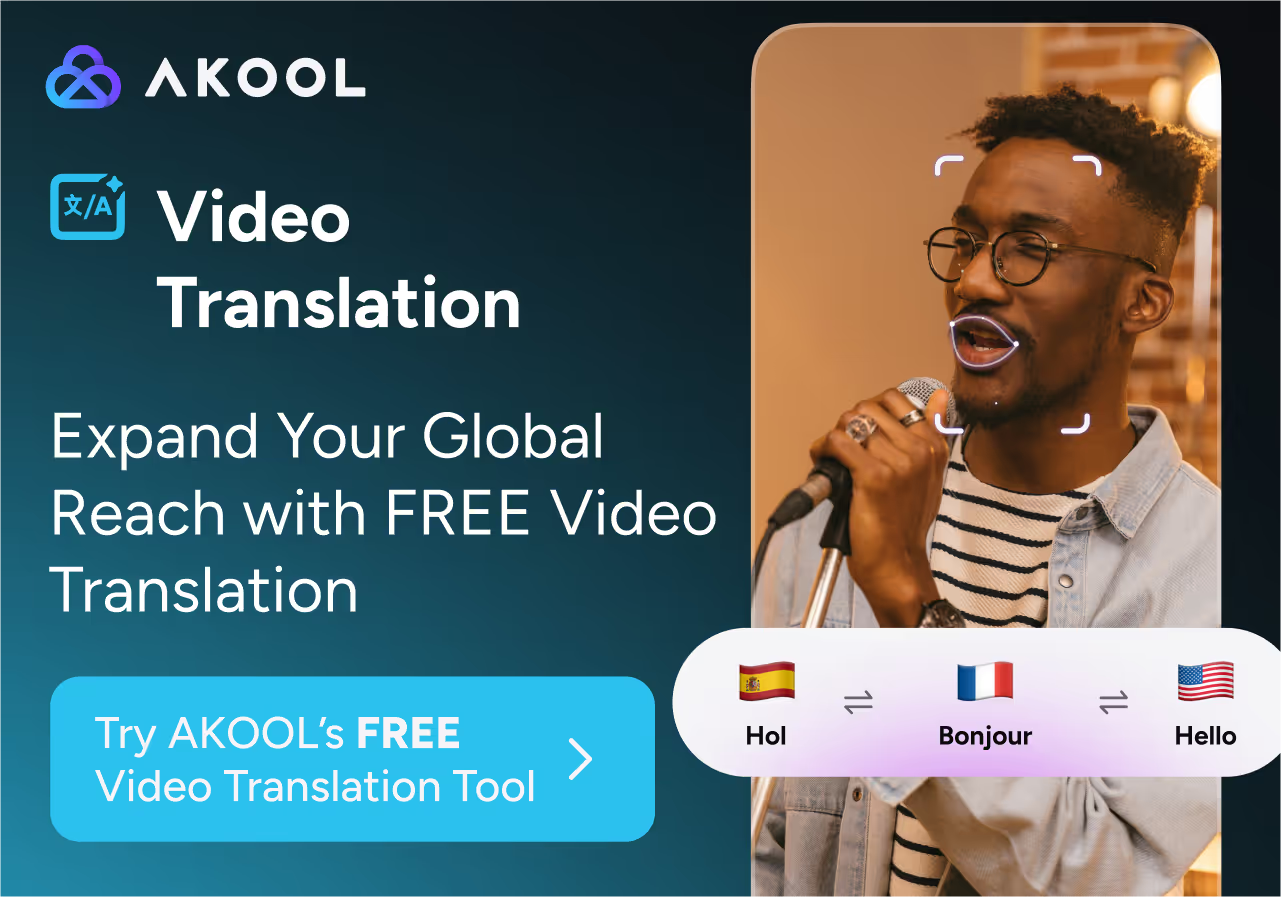
Animaker AI: Best for All-in-One Script and Animation Generation
Animaker AI is a comprehensive platform that streamlines the animation process by generating both scripts and animated videos from simple text prompts. Built on insights from our top 5 all-in-one AI tools for script-to-video analysis, Animaker AI’s drag-and-drop interface and cloud-based editing make it accessible to beginners while offering enough depth for advanced users.
Compared to Akool and Runway, Animaker AI’s standout feature is its ability to simultaneously generate scripts and animations, reducing the time and effort required to produce complete videos. Its extensive asset and character library (over 100 million assets and 1,000+ avatars) provides unmatched creative options, though this abundance can be overwhelming for new users.
Key Features:
- Prompt-based script and video generation: Input a brief description, and Animaker AI generates both the script and the animated video, streamlining the creative process for users of all skill levels.
- Extensive asset and character library: Access a massive collection of media assets and customizable characters, enabling highly tailored and visually rich videos.
- AI voiceover and subtitle generation: Offers 2,000+ human-like voices in 172 languages and automatic subtitle creation, enhancing accessibility and global reach.
Pricing:
- Free plan with limited exports and features
- Paid plans start at $20/month, unlocking advanced editing, premium assets, and higher export limits
Pros:
- Beginner-friendly interface with drag-and-drop editing
- Comprehensive editing and team collaboration features
- Automatic lip-sync and subtitle generation for accessibility
Cons:
- Free plan has export and feature restrictions, including watermarked videos
- No mobile app; desktop browser only
- Occasional rendering delays during peak times
Use Cases:
- Social media content: Quickly generate animated posts for platforms like YouTube, Instagram, and TikTok—our post on top 5 artificial intelligence text-to-video tools for marketing offers additional strategies for engagement.
- Team projects: Collaborate on video creation for marketing campaigns or internal communications, benefiting from real-time editing and feedback.
- Educational animations: Teachers can create engaging lessons with custom characters and voiceovers, making learning interactive and fun.
Product Updates in 2025:
Animaker AI has introduced new collaboration tools and expanded its character library to over 1,000 unique avatars, further enhancing its appeal for teams and creative professionals.
Limitations:
- Asset overload: The sheer volume of assets may overwhelm new users, requiring time to navigate and select appropriate elements.
- Customization complexity: Advanced features have a learning curve, which may slow down less experienced users.
- Free plan watermarks: All videos on the free plan are watermarked, limiting their use for professional purposes.
Unique Selling Point:
Animaker AI uniquely generates both scripts and videos from prompts, making it the go-to solution for users who want a fully automated, end-to-end animation workflow.
Runway: Best for Hyperrealistic AI Video Generation
Runway is at the forefront of AI video generation, offering advanced tools for creating new videos from text, images, or existing footage. Its Gen1 and Gen2 models deliver hyperrealistic results, making it a favorite among artists, marketers, and filmmakers seeking visually impressive content. Runway’s flexible input options and generative audio capabilities set it apart from more template-driven platforms like Animaker AI and Akool.
Where Runway truly excels is in its ability to produce lifelike, high-impact visuals from simple prompts, thanks to its state-of-the-art AI models. While its editing tools are more basic compared to competitors, the platform’s focus on realism and creative experimentation makes it ideal for users prioritizing visual quality over granular animation control.
Key Features:
- Multiple video generation modes: Gen1 transforms existing videos, Gen2 creates videos from text/image prompts, and frame interpolation animates image sequences—offering unmatched flexibility for creative projects.
- Generative audio and lip-sync: Generate synchronized audio and mouth movements for diverse faces and voices, enhancing the realism of AI-generated characters.
- Preset styles and editing tools: Choose from 20+ presets and basic editing features for quick customization, though advanced scene editing is limited.
Pricing:
- Free plan with limited one-time credits
- Paid plans start at $12/month for higher usage and advanced features
Pros:
- Versatile generation options for a wide range of creative inputs
- Hyperrealistic output, especially with Gen2
- Free trial available for testing core features
Cons:
- Free plan usage is limited by one-time credits
- Rendering and exporting can be time-consuming for complex projects
- Editing tools are basic compared to dedicated animation platforms
Use Cases:
- Creative projects: Artists and filmmakers can experiment with AI-driven video styles, pushing the boundaries of visual storytelling.
- Marketing visuals: Marketers can quickly produce eye-catching, realistic video ads that stand out on digital platforms.
- Content repurposing: Transform existing footage into new, stylized videos for different platforms, maximizing content ROI.
Product Updates in 2025:
To see what’s coming next, take a look at our preview of top 5 AI video generation tools in 2025, which highlights upcoming breakthroughs in quality and workflow automation.
Limitations:
- Learning curve: Advanced features and prompt engineering may require experimentation, making it less accessible for beginners.
- Editing constraints: Lacks granular animation controls for detailed customization, unlike Gooey.ai’s keyframe system.
- Credit-based usage: Ongoing use can become expensive for high-volume creators due to the credit system.
Unique Selling Point:
Runway stands out for its hyperrealistic video generation and flexible input options, making it ideal for creators who demand high-impact visuals and creative freedom.
Neural Frames: Best for Artistic, Stylized Animation
Neural Frames leverages stable diffusion technology to transform text prompts and images into animated videos with a strong artistic flair. Similar to exploring talking photo generators in our top 5 AI talking photo generators for animated video creation post, Neural Frames offers extensive camera controls and over 40 art styles for striking visual effects. This makes it a favorite for music videos, social media content, and experimental projects.
The platform’s prompt and image-based animation system allows for the creation of visually captivating sequences, though its post-generation editing tools are basic and it lacks collaboration features—making it less suited for team workflows.
Key Features:
- Prompt and image-based animation: Generate videos from scratch or enhance existing content using AI-powered diffusion, enabling a wide range of creative possibilities.
- 40+ art styles: Choose from diverse visual aesthetics to match your project’s needs, from abstract to photorealistic.
- Camera movement customization: Adjust flicker, zoom, and pan for dynamic animation effects, adding depth and motion to your videos.
Pricing:
- Free plan with limited one-time credits
- Paid plans start at $15/month for increased usage and premium features
Pros:
- Creative flexibility with diverse art styles and camera controls
- Accurate prompt matching for visually aligned results
- Free trial for exploring core features
Cons:
- Limited editing tools post-generation
- Credit-based free plan restricts ongoing experimentation
- Learning curve for prompt engineering and camera controls
Use Cases:
- Music videos: Artists can craft animated sequences that complement their sound, leveraging unique art styles for brand differentiation.
- Social media content: Generate eye-catching, stylized videos for online sharing, helping brands and creators stand out in crowded feeds.
- Experimental animation: Designers can explore new visual effects and storytelling techniques, pushing the boundaries of digital art.
Product Updates in 2025:
Neural Frames has expanded its art style selection and improved prompt-to-image matching, resulting in more accurate and visually compelling animations.
Limitations:
- Editing depth: Lacks advanced scene editing and asset integration, limiting post-generation refinement.
- Free plan restrictions: One-time credits limit ongoing experimentation, making it less suitable for high-volume creators.
- No collaboration tools: Not ideal for team-based projects or enterprise workflows.
Unique Selling Point:
Neural Frames excels at generating creative, stylized animations from prompts, with extensive art style options and camera movement controls—perfect for users prioritizing artistic expression.
Gooey.ai: Best for Keyframe-Based AI Animation Experimentation
Gooey.ai democratizes generative animation by offering an intuitive platform for creating stable diffusion–based videos with advanced keyframe control. Even when compared to free AI text-to-video generators every YouTuber should try, Gooey.ai’s granular prompt assignment and scene transitions stand out for rapid prototyping and creative experimentation.
Compared to Akool and Animaker AI, Gooey.ai offers more detailed control over camera movement and scene progressions, though it lacks the robust asset libraries and collaboration tools found in those platforms. Its generous free plan (1,000 credits) makes it accessible for initial exploration, but ongoing use requires a paid subscription.
Key Features:
- Keyframe-based prompt animation: Assign different prompts to keyframes, enabling complex scene transitions and storytelling not possible with simpler tools.
- Model and animation mode selection: Choose from various AI models and animation modes for tailored results, supporting a wide range of animation styles.
- Advanced camera controls: Adjust zoom, pan, roll, and tilt for dynamic animations, with parameters accessible in advanced settings for maximum creative freedom.
Pricing:
- Free plan with 1,000 one-time credits
- Paid plans start at $10/month for higher usage and advanced features
Pros:
- Generous free plan for initial experimentation
- Rapid animation generation, ideal for prototyping
- Flexible keyframe editing for creative control
Cons:
- Limited editing options post-generation
- Steep learning curve for advanced features and keyframe controls
- No mobile support; web-based only
Use Cases:
- Storyboard prototyping: Creators can quickly visualize ideas and transitions, making it a valuable tool for pre-production planning.
- Short-form social content: Generate animated clips for platforms like Instagram or TikTok, experimenting with unique transitions and effects.
- Educational experiments: Teachers and students can explore AI animation concepts interactively, fostering innovation in the classroom.
Product Updates in 2025:
Gooey.ai has increased free plan credits to 1,000 and added new animation models, expanding its creative possibilities and accessibility.
Limitations:
- Editing constraints: Minimal tools for fine-tuning generated videos, limiting post-production flexibility.
- Beginner accessibility: Advanced settings may be confusing for new users, requiring time to master.
- Free plan is one-time use: Requires upgrade for ongoing projects or high-volume usage.
Unique Selling Point:
Gooey.ai’s keyframe-based prompt system and generous free credits make it ideal for users wanting to experiment with complex, AI-driven animations and scene transitions.
Feature Comparison and Market Context
Across the AI text-to-animation landscape, each platform brings a unique approach to solving the challenges of video creation:
- Akool excels in realistic avatars and multilingual voice support, making it a top choice for businesses and global teams seeking professional, branded content.
- Animaker AI offers unmatched automation by generating both scripts and animations from prompts, with a vast asset library for creative flexibility—ideal for marketing teams and educators.
- Runway leads in hyperrealistic video generation and flexible input options, appealing to creators who prioritize visual impact and experimentation.
- Neural Frames is the go-to for artistic, stylized animations, enabling musicians and designers to push creative boundaries with diverse art styles.
- Gooey.ai stands out for its keyframe-based control and rapid prototyping, catering to power users and educators focused on experimentation.
While all tools emphasize ease of use and accessibility, their strengths diverge in areas such as collaboration (Akool, Animaker AI), creative control (Gooey.ai, Neural Frames), and output realism (Runway). Pricing models are generally freemium, with paid plans unlocking higher resolution, export limits, and advanced features. However, credit-based systems (Runway, Neural Frames, Gooey.ai) may become costly for high-volume users.
Opportunities for differentiation include deeper accessibility features, more advanced customization, and enhanced integrations for enterprise workflows—areas where most platforms, except Akool and Animaker AI, currently lag. As AI animation continues to evolve, expect to see further innovation in output quality, workflow automation, and cross-industry applications, making these tools even more indispensable for modern content creation.
Frequently Asked Questions
What is AI text-to-animation?
AI text-to-animation tools turn written prompts into animated videos automatically. They use artificial intelligence to generate characters, scenes, and voiceovers, making video creation faster and more accessible for users without animation experience.
Can I use these tools for business marketing videos?
Yes, most AI text-to-animation platforms are designed for business use. They help create marketing explainers, product demos, and internal communications quickly, often with options for branding and multilingual voiceovers.
Do I need animation skills to use these platforms?
No animation skills are required. These tools are built for users of all experience levels, with intuitive editors and prompt-based workflows that simplify the video creation process.
What are the main limitations of free plans?
Free plans typically limit video exports, add watermarks, and restrict access to advanced features or higher resolutions. Upgrading to a paid plan removes most of these restrictions.
How do these tools handle different languages?
Many platforms support multiple languages for both text input and AI voiceovers. This makes it easy to create localized videos for global audiences without needing separate translation tools.



